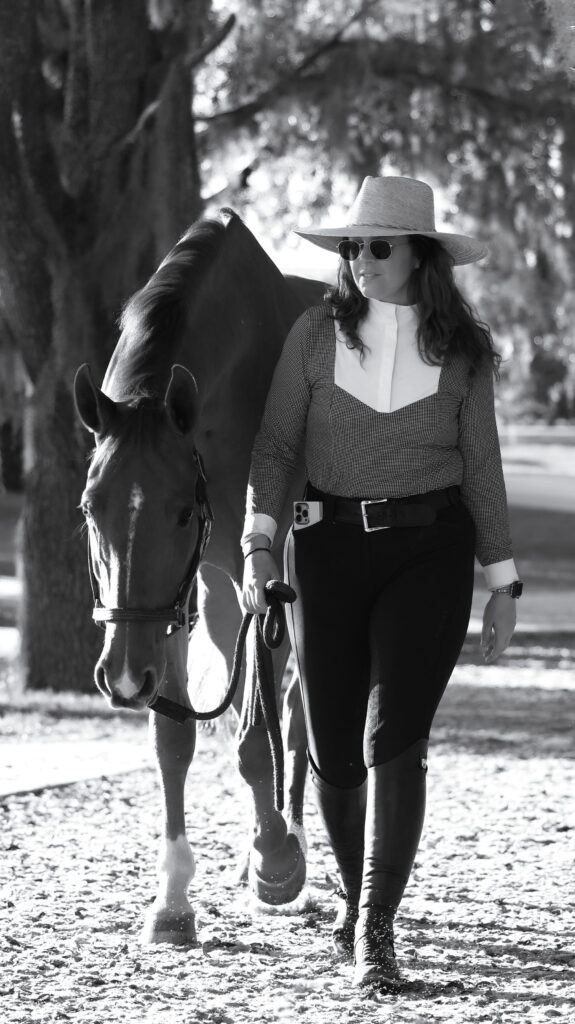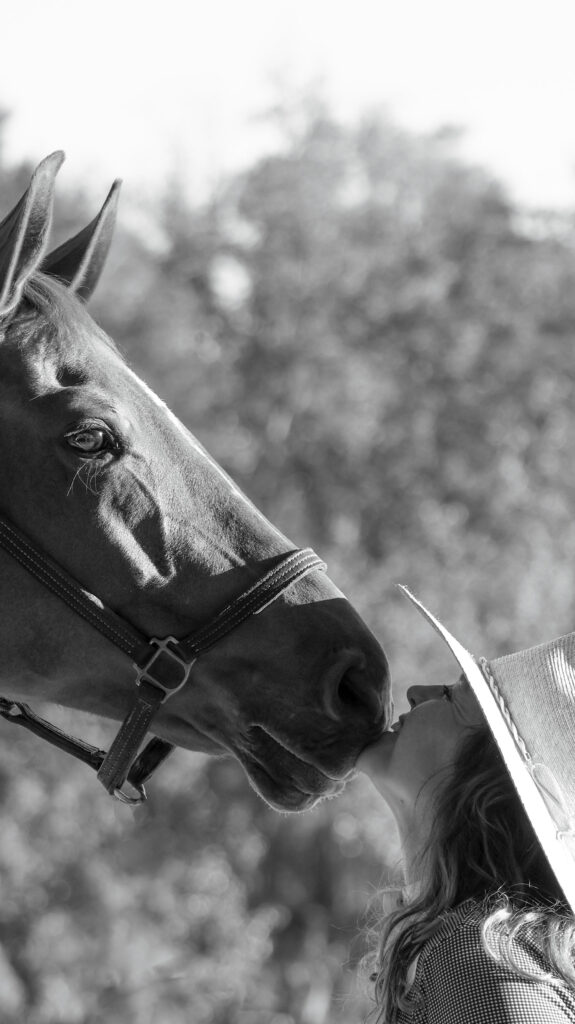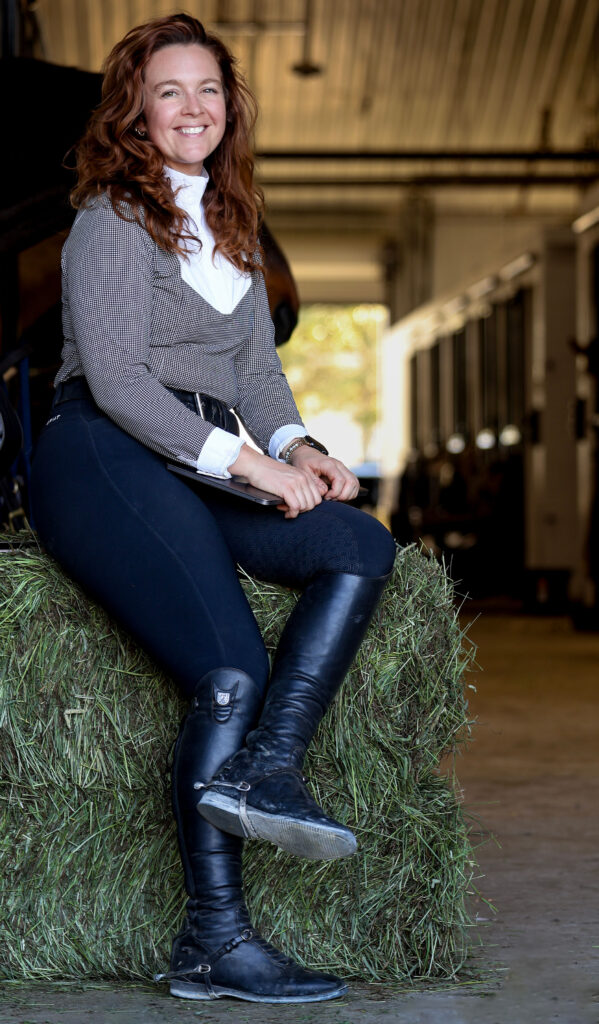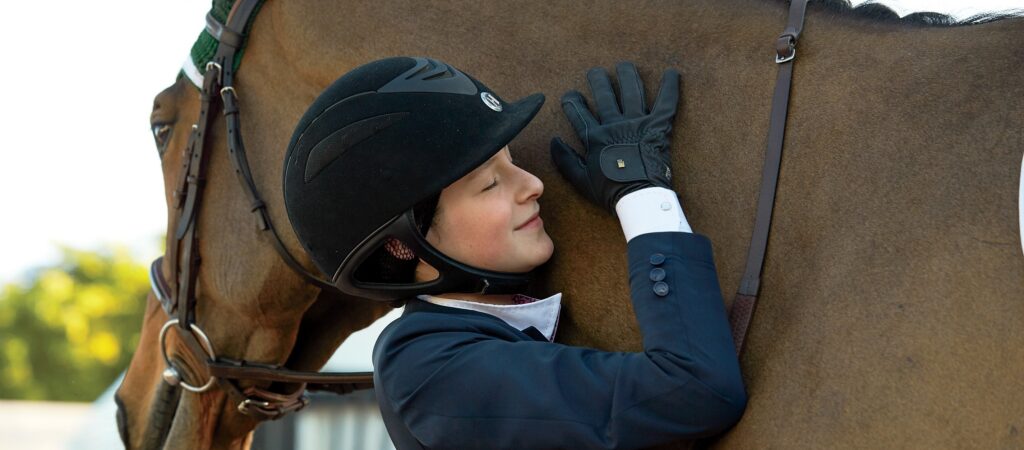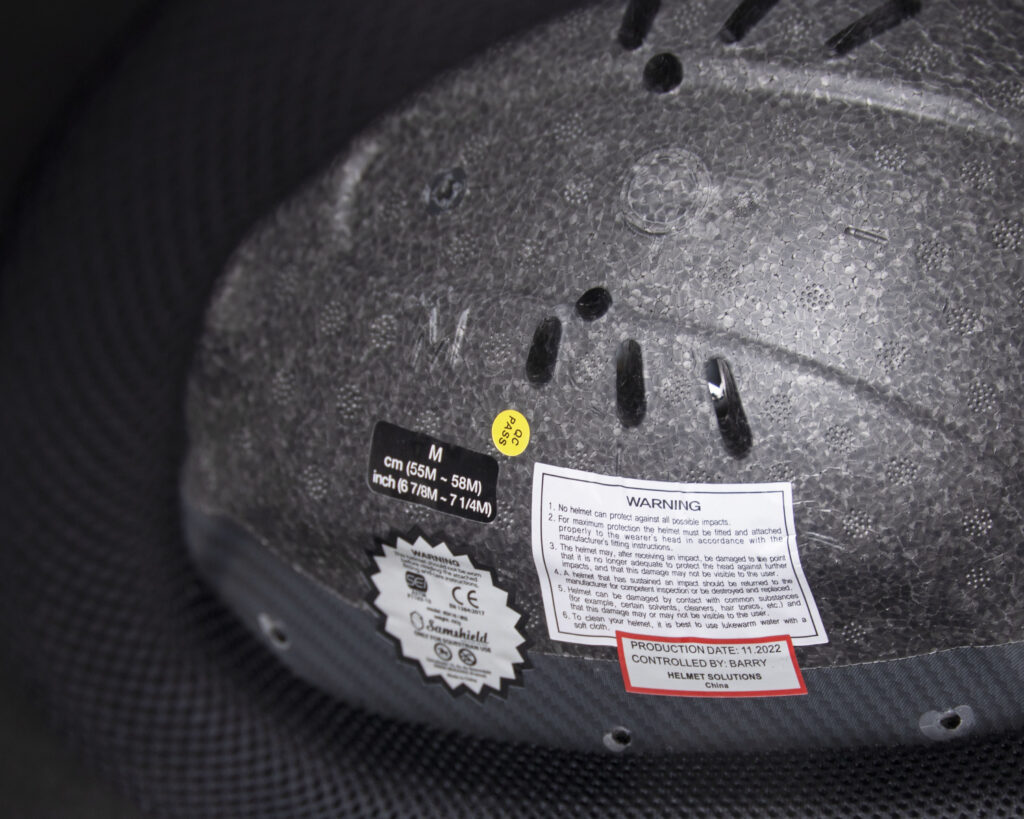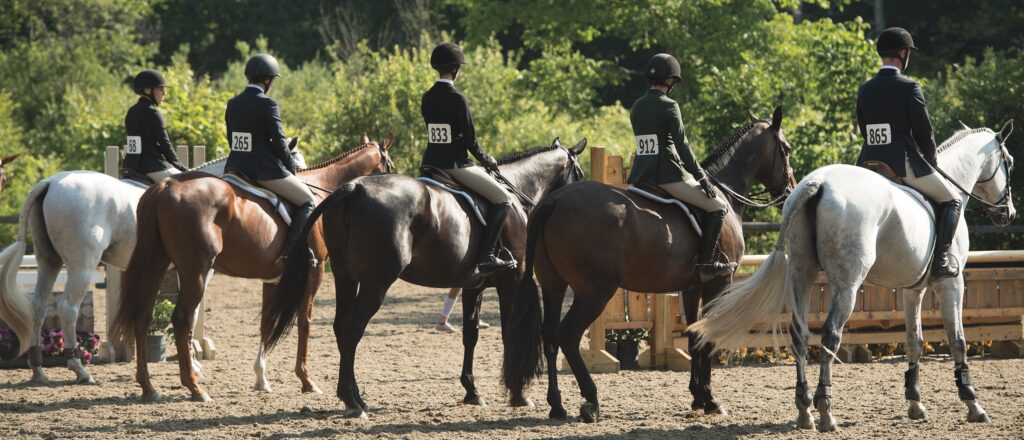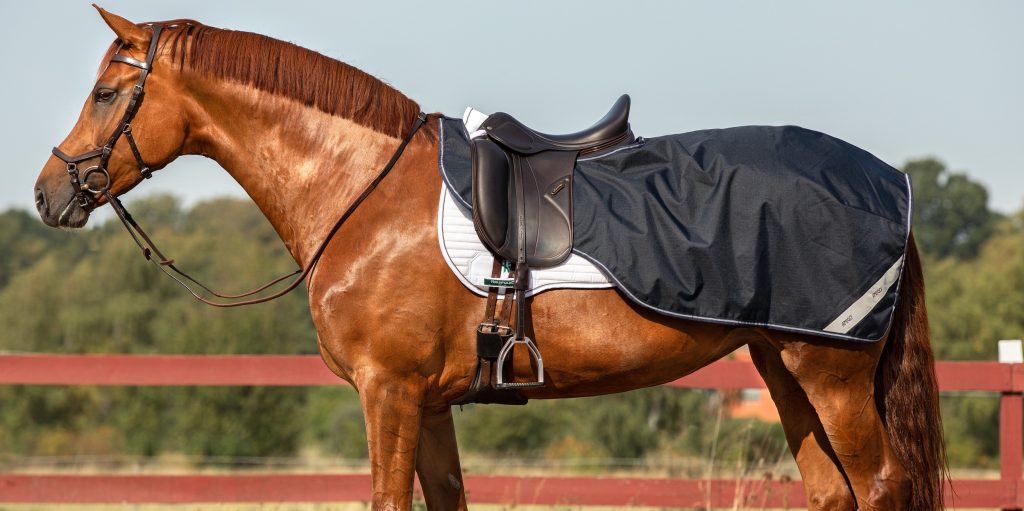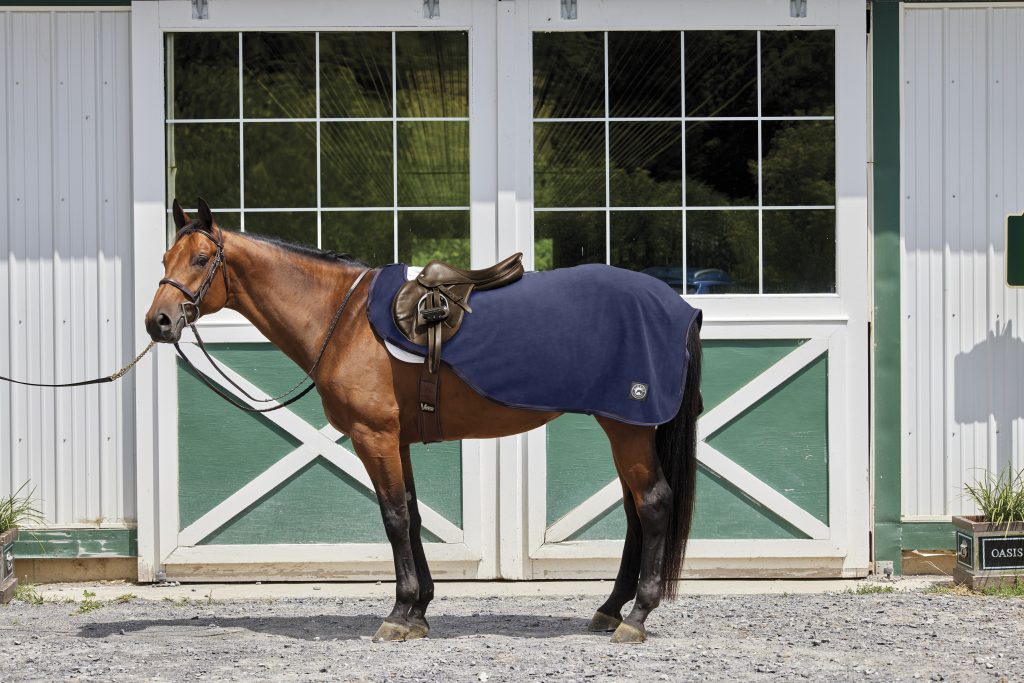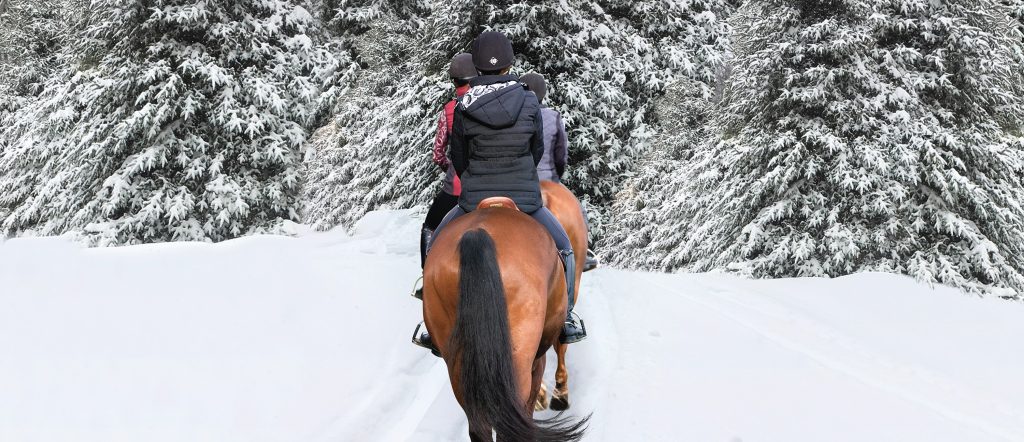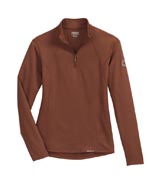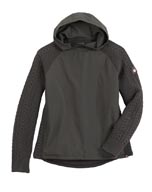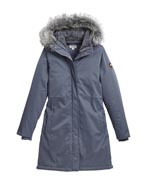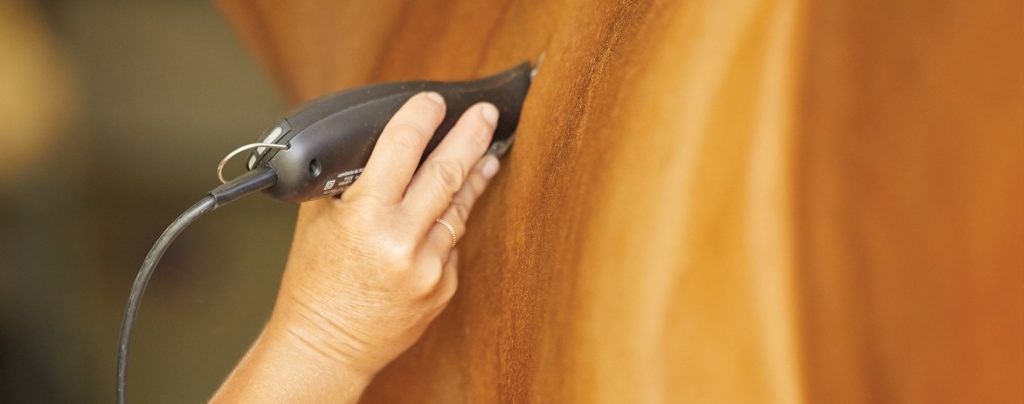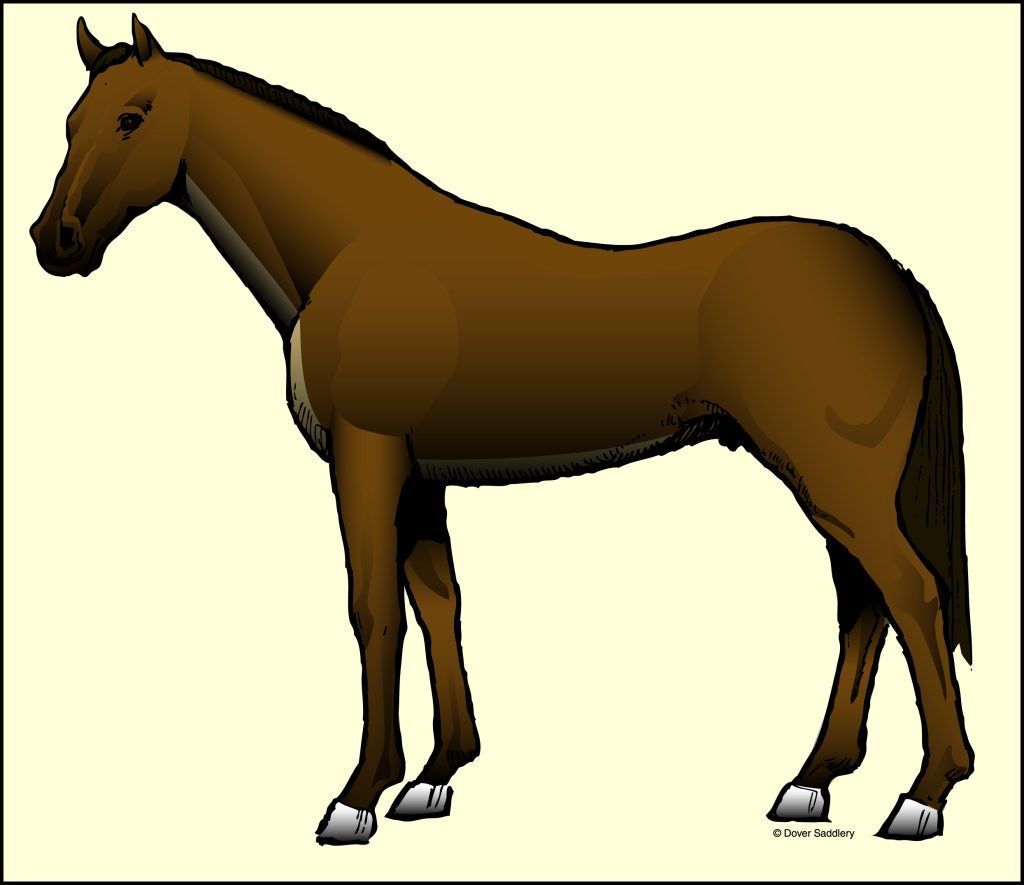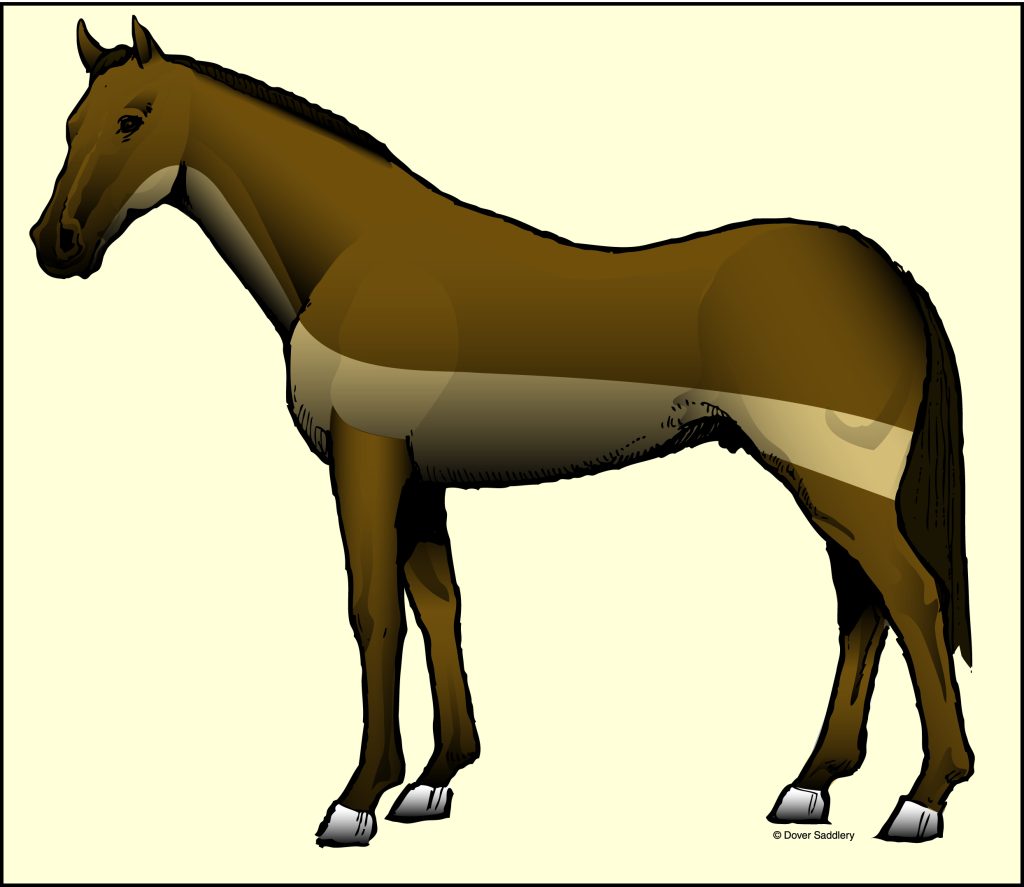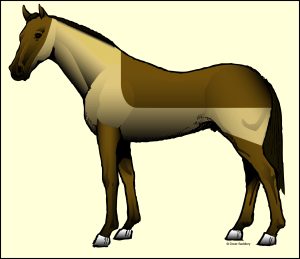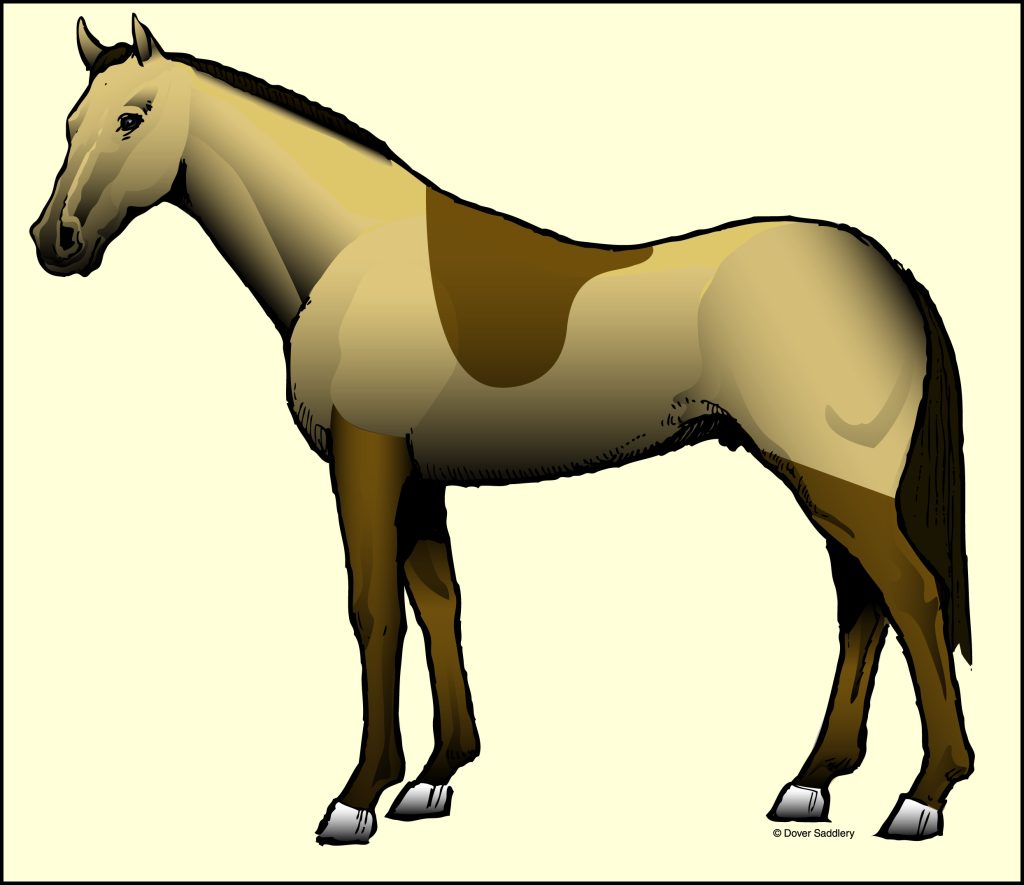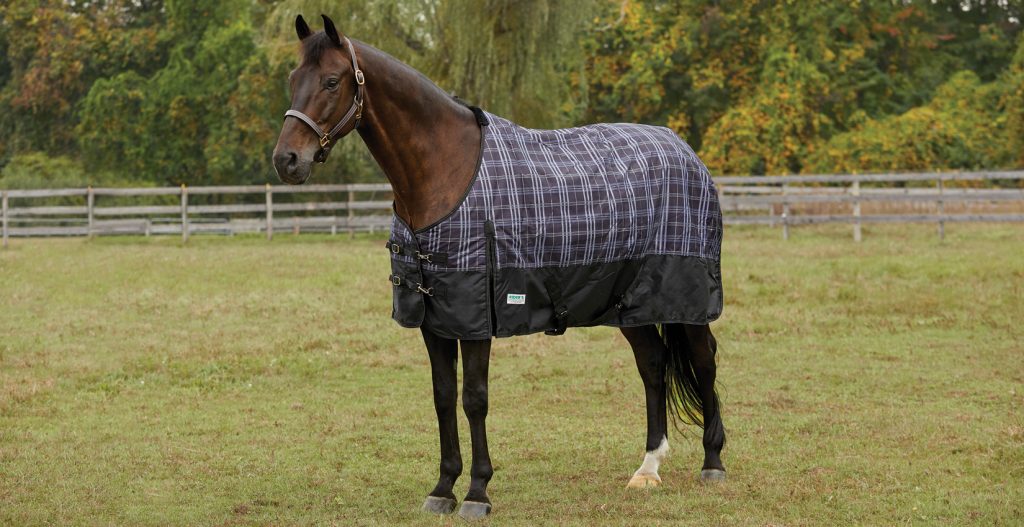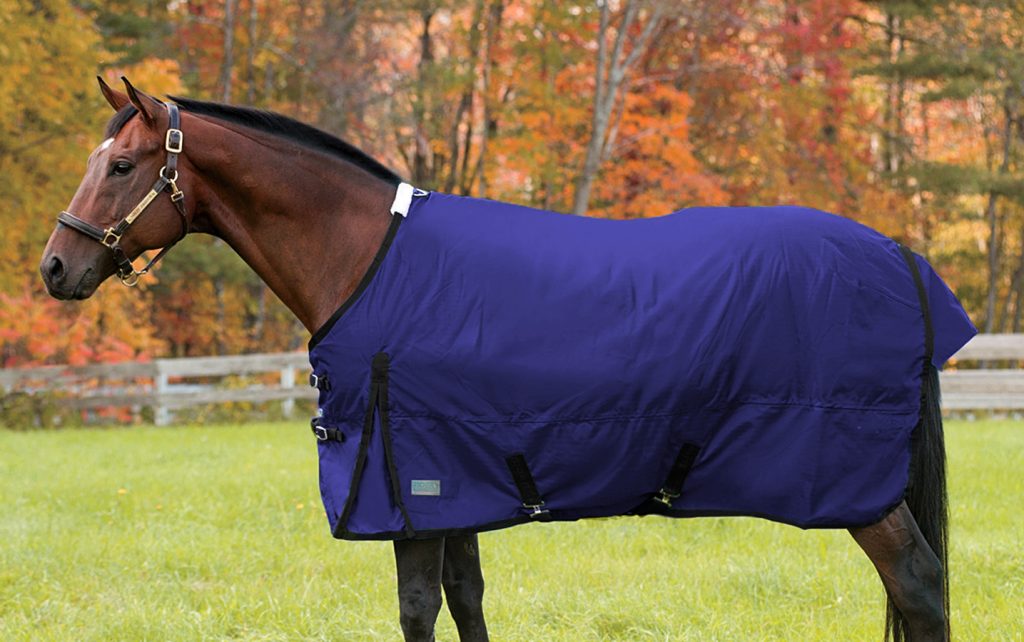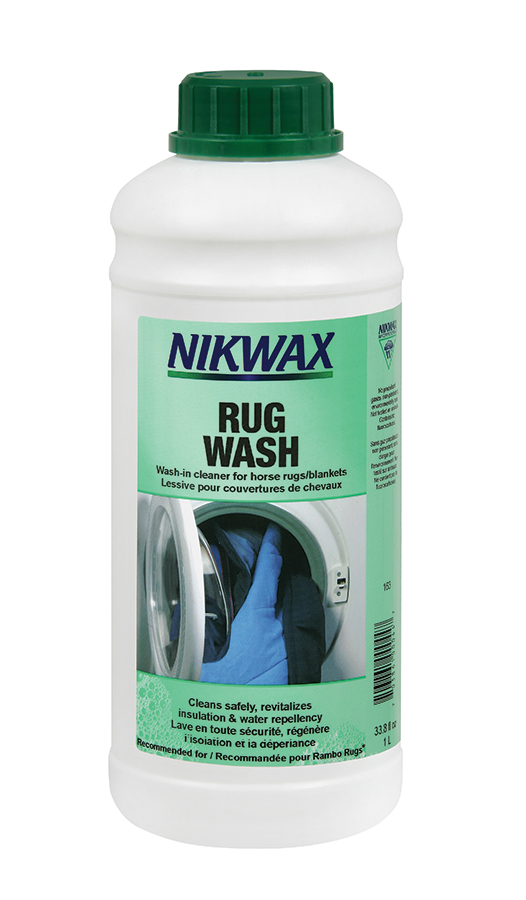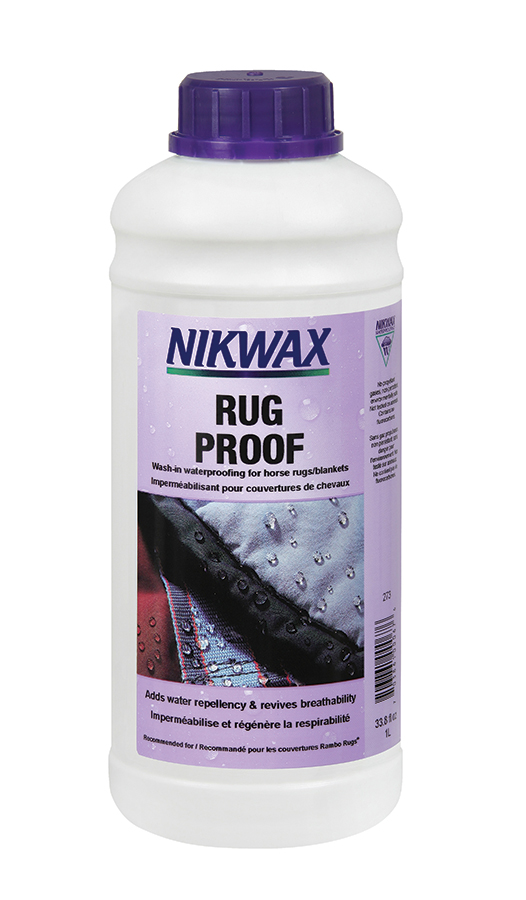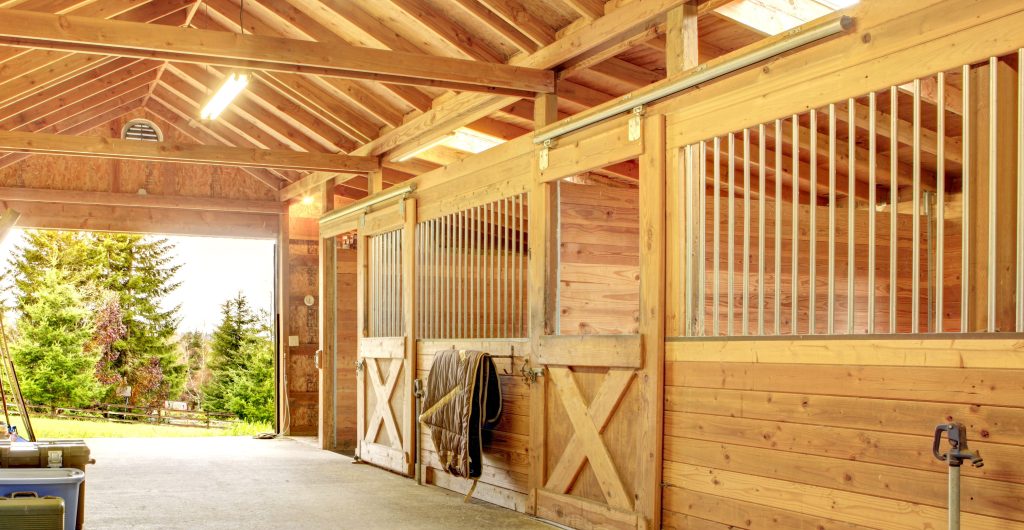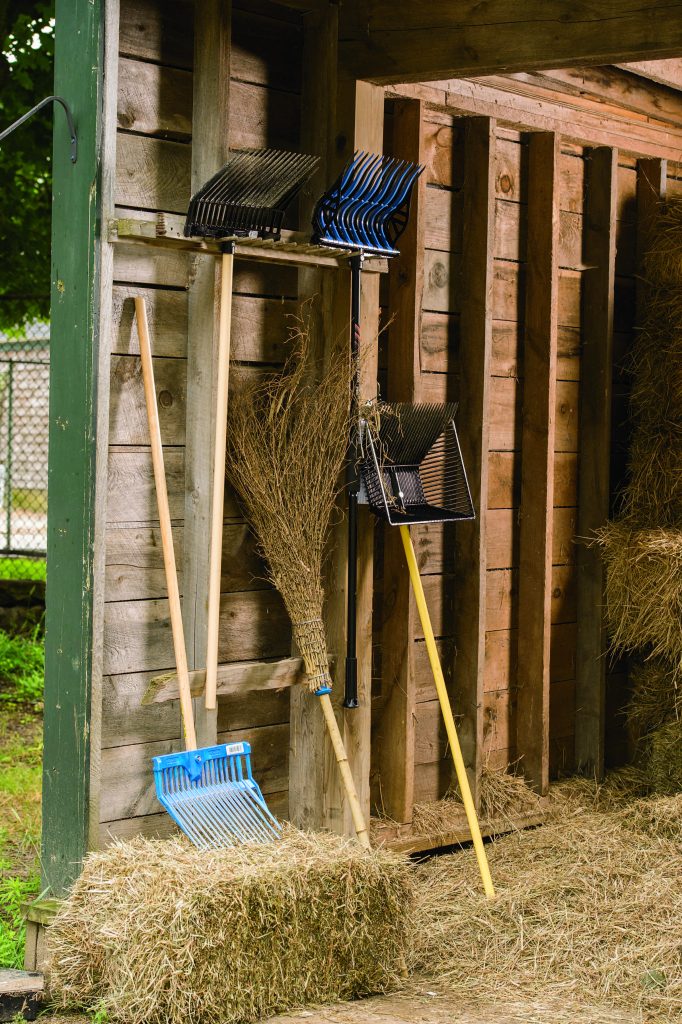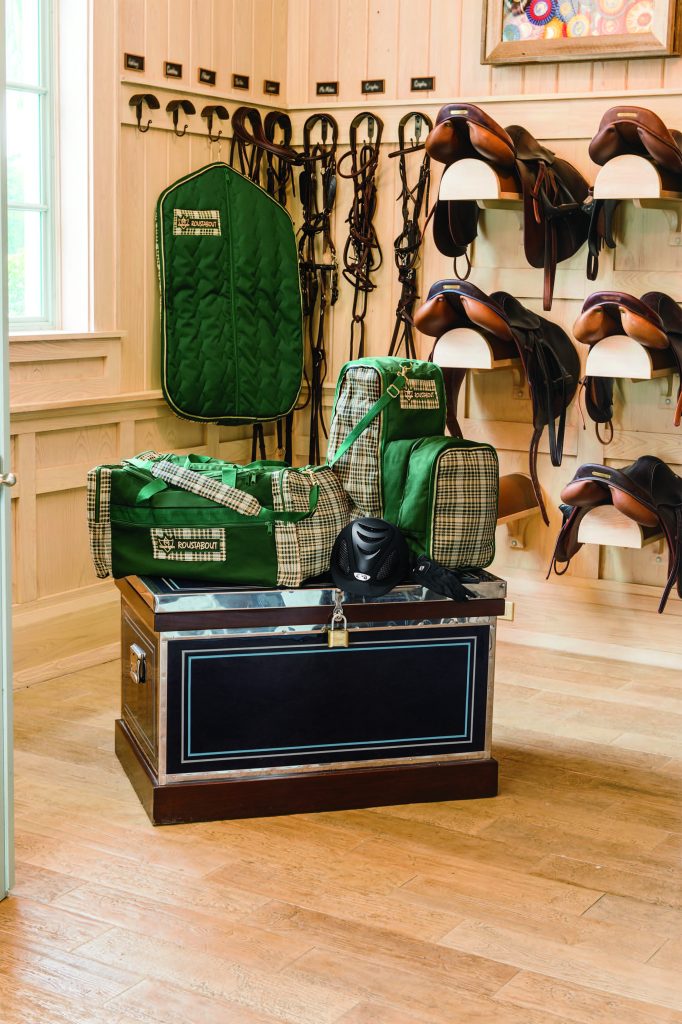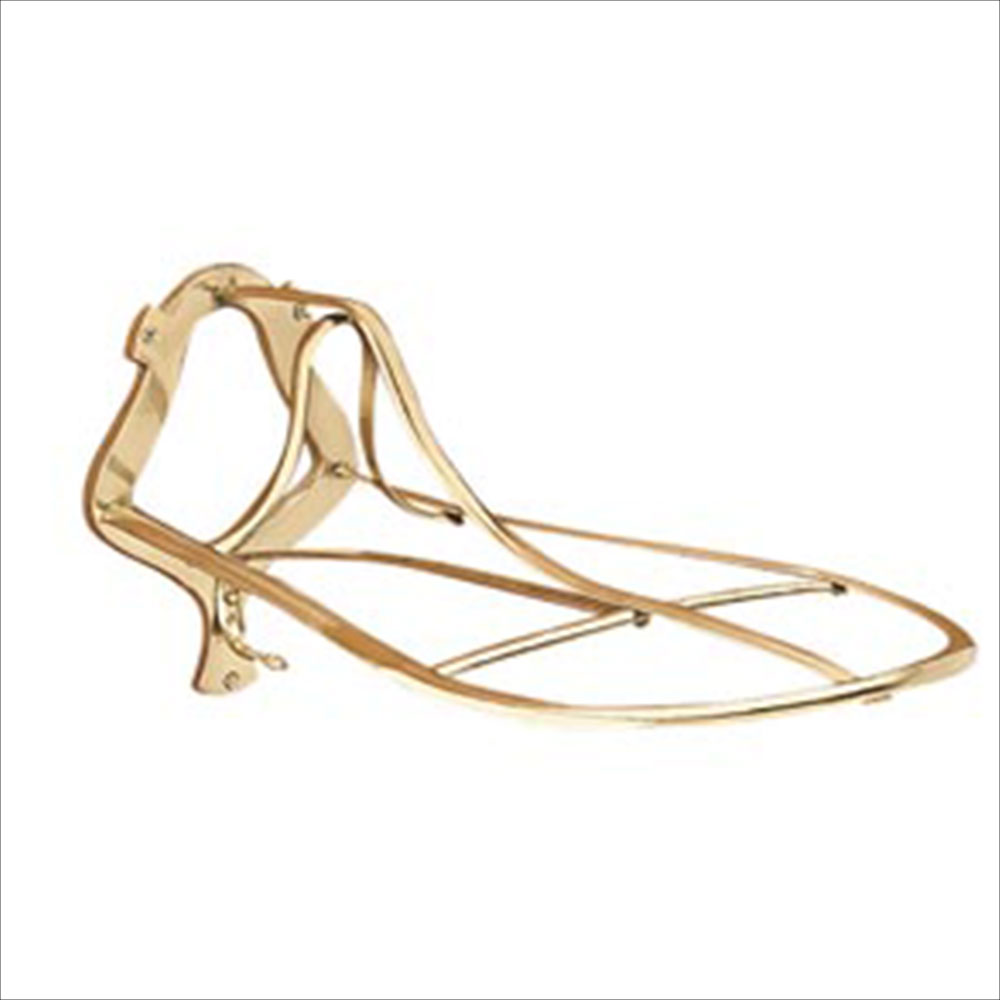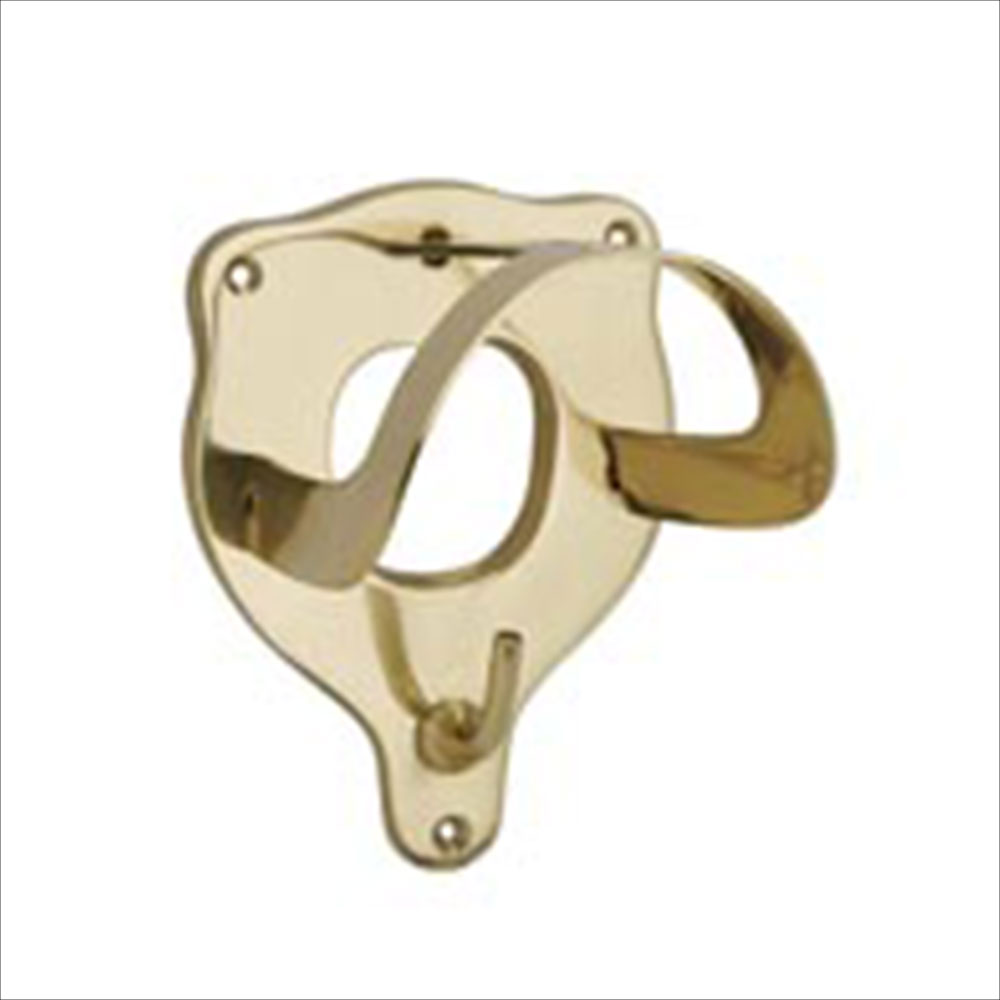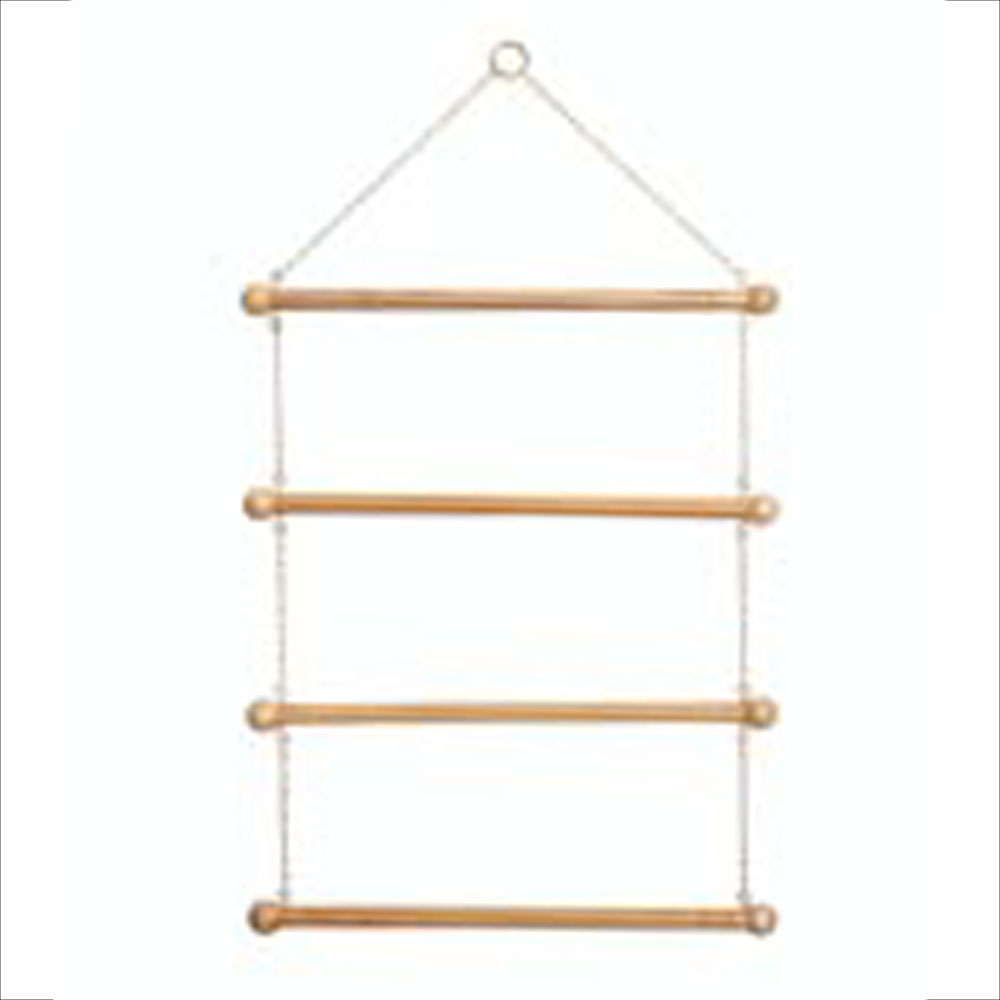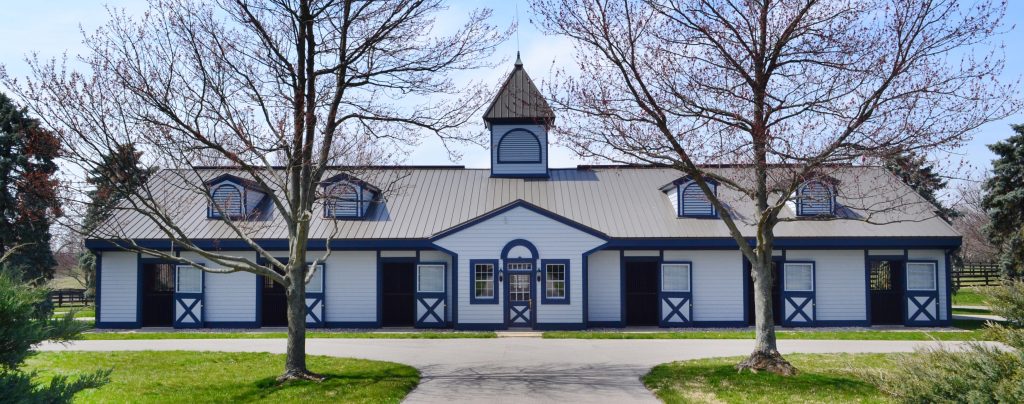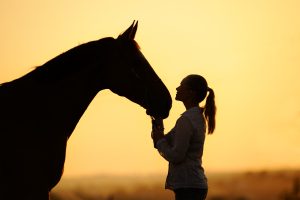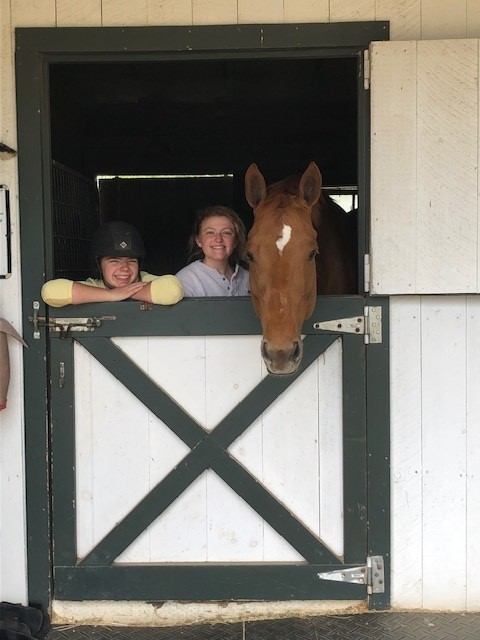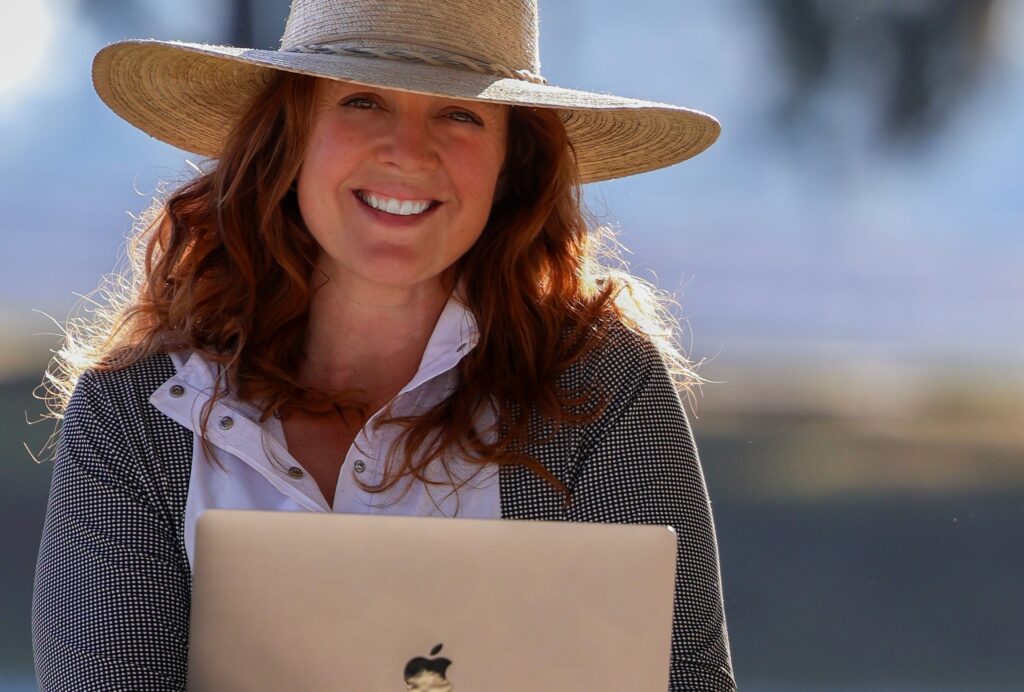
Before we begin, let’s be honest, balance is challenging, in fact it could be a myth. It is very hard to achieve true balance and chasing it can become very frustrating. Instead of trying to juggle everything perfectly, the key to success is learning how to prioritize, pivot, and commit to what matters most to you in your life.
As a competitive amateur, equestrian business consultant and a chronic over-committer, I’ve lived the early mornings, the late nights, the long days at the barn sandwiched between meetings. And through it all, I’ve learned an undeniable truth: balance could very well be, a myth.
If you’re reading this, you probably love horses. You love them even more than vacations, sleeping in, or a traditional 9-to-5 routine. You’re also working incredibly hard to afford this lifestyle—because let’s be real, our four-legged best friends have a knack for draining bank accounts.
So instead of chasing an impossible work-life balance, let’s talk about what actually can help make it all work. Here’s how I’ve learned to prioritize my career and my riding—without burning out.
1. Know Your Values (And Use Them to Make Decisions)
Understanding what is important to you means you can make better decisions about how to spend your time. As someone who is always running out of time, I have spent years refining my framework for what’s important, what needs to get done now, and what can wait. Prioritization is everything.
If riding is a core part of your identity, then try to not treat it like an afterthought. Put it on the same priority level as your career and other major commitments. That might mean saying no to things that don’t serve you.
2. Instead of Trying to Find Balance—Start Prioritizing
Work-life balance is challenging. However, you can develop a clear set of priorities that shift when necessary and work in your favor.
Some weeks, your career takes the lead. Other weeks, your horse may take priority. That’s normal. The key is to be intentional about what gets your full focus at any given time.
Think about it like running a company—you don’t try to work on every department at once. Instead, you focus on the most pressing priorities and trust that other areas will get attention when needed.
3. Make a Budget (Yes, Even for Your Riding Life)
This is probably one of the least fun parts of being an adult, but having a budget gives you guardrails around what makes sense for you, your horse, your schedule, and your wallet.
It’s SO tempting to want the latest gear or to squeeze in another show. But if you make mistakes here, it can be a hard hole to climb out of.
Pro tip: Treat your career like your biggest sponsor. Set financial goals that tie directly to your riding lifestyle. Bonuses? That’s horse show money. Extra work or hours? That’s a clinic with a top trainer. Thinking like this shifts your mindset from scarcity to strategy.
4. Turn Your Horse into Your Business Mentor
Your horse is actually one of the best leadership coaches you’ve ever had.
- Horses demand clear communication. If your riding is inconsistent, they get confused—just like a team at work with no direction.
- They respond to energy. If you show up stressed, rushed, and distracted, they mirror that. Same goes for how you show up at work.
- When in doubt, ask for less, reward more. Works for employees. Works for horses. So why not make this work for your life as well?
5. Build a Support System—At Work & At the Barn
You can’t do this alone—so don’t try. Surround yourself with people who support your goals and make your life easier.
- At work: Be clear about your commitments. Sometimes, being an equestrian actually helps your career—riding shows discipline, focus, and resilience.
- At the barn: Find a trainer and barn friends who get your schedule and support you in the process.
- In your personal life: Set boundaries with people who don’t respect your riding time. You deserve time to follow your passions—you should feel confident doing so!
6. Mistakes are Feedback
Progress isn’t linear, and setbacks are part of the game—both in riding and in business. Instead of fearing setbacks, use them as opportunities to learn from and grow.
- If something doesn’t work, ask yourself: What can I learn from this?
- Every challenge is a chance to refine your approach. Adjust, pivot, and keep going—just keep riding.
- The most successful people—riders and professionals alike—aren’t the ones who never fall. They’re the ones who always get back on.
Final Thought: You Can Do Both.
The secret to balancing career and riding? It’s OK to want both.
Some people will judge you for prioritizing your horses. Others will question your career ambitions. Don’t let that noise bring you down! While they’re talking, you’ll be out riding.
The reality is as we all know, this lifestyle takes work. It takes planning, commitment, and a lot of self-awareness. But if you structure your life with intention, you can have the career, the riding goals, and the life you love.
Now Get to the Barn and Enjoy Your Horse – Happy Riding!

